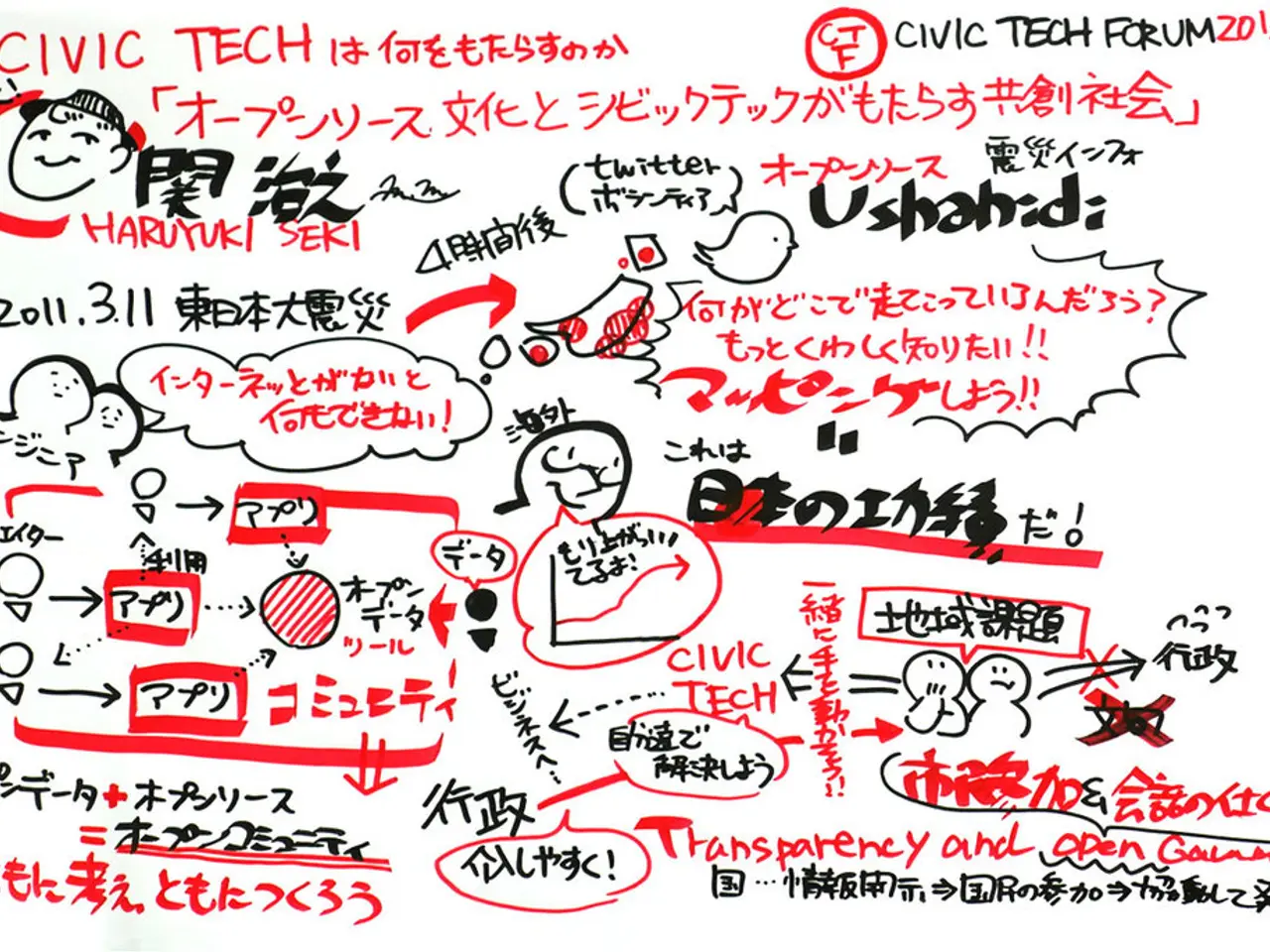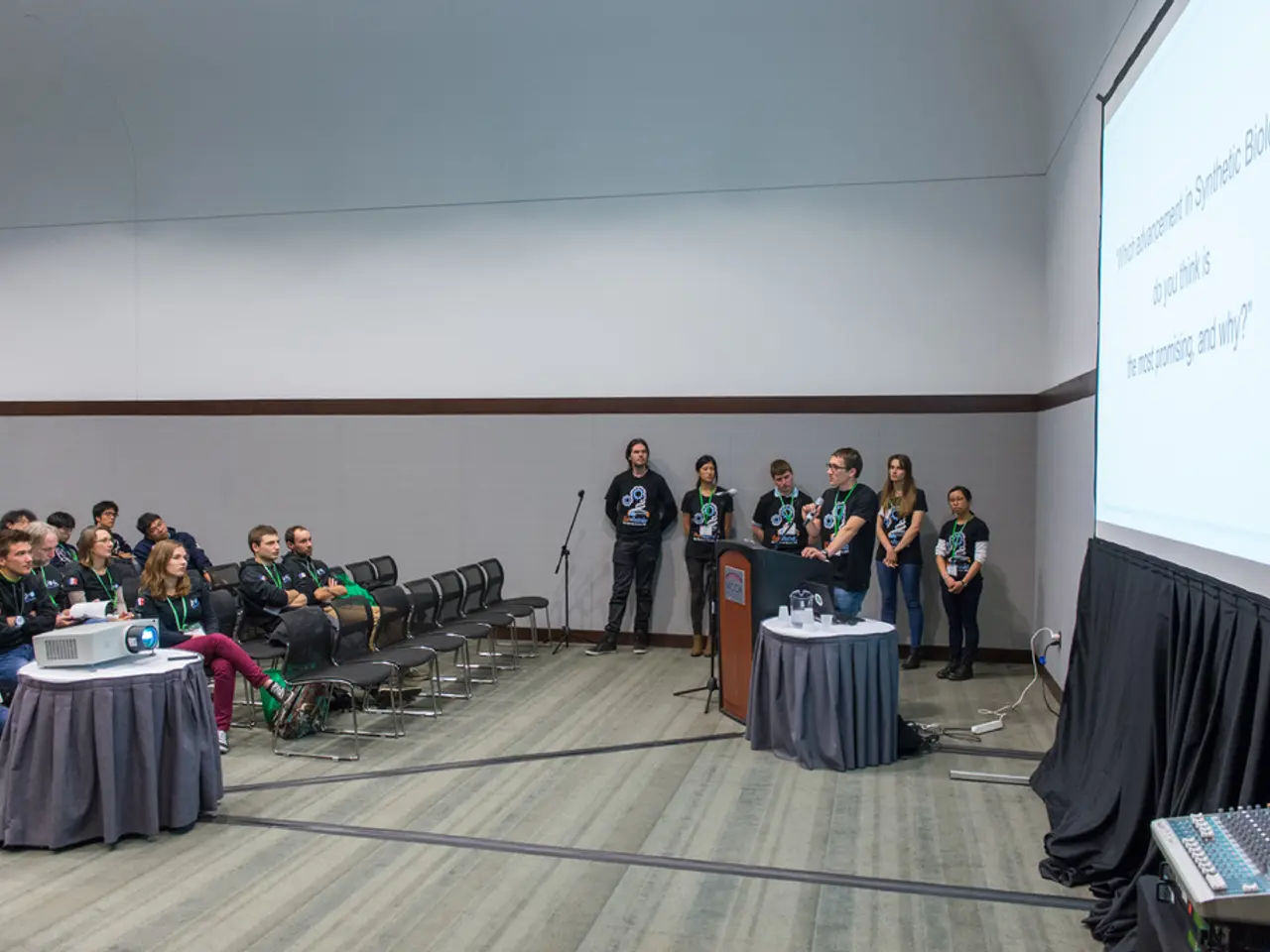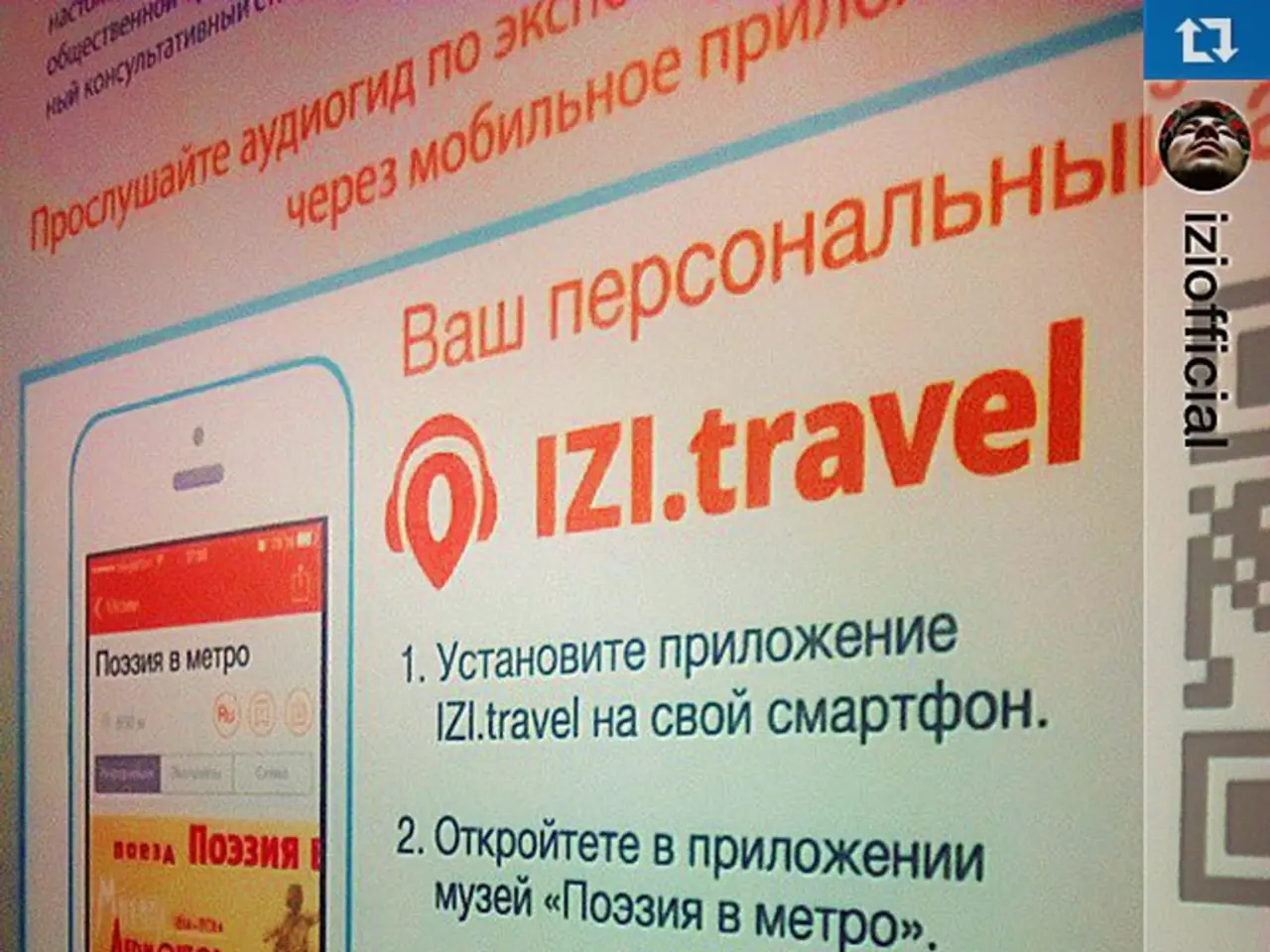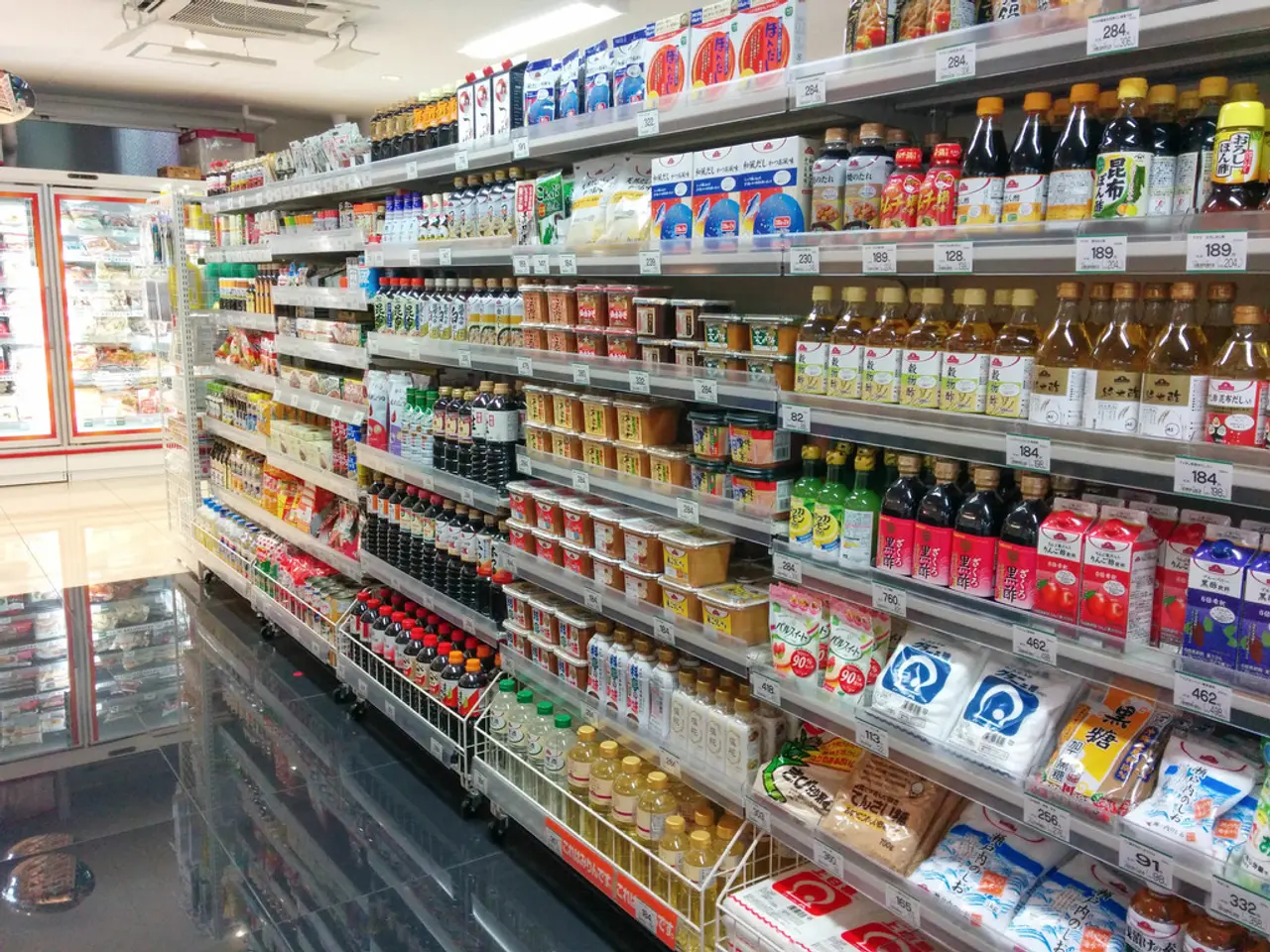Developing Characters with AI Precision: Consistently Crafting Characters from Textual Descriptions via Artificial Intelligence
In the realm of artificial intelligence, researchers have made significant strides in improving text-to-image models, such as DALL-E and Stable Diffusion, to generate coherent and diverse characters. The latest research focuses on achieving a better balance between accurately generating input text prompts while maintaining a consistent identity for the characters.
The approach involves several stages. First, a pre-trained text-to-image diffusion model generates a batch of images, and a pre-trained feature extractor network condenses each image into a vector, known as an image embedding. The set of images in the selected cluster is then used to refine the text-to-image model, capturing their common identity.
To ensure consistency, an iterative refinement process is employed. The model's text embeddings are iteratively refined to converge to a consistent representation of the character described in the text. The iterative refinement process terminates once the average similarity between generated images converges, indicating a stable identity has been captured.
This method leverages a technique called textual inversion to optimize new text embeddings specialized for that identity. Additionally, additional model weights are updated through a method called LoRA (low-rank adaptation) to better encode the specific visual features.
However, these models still struggle to maintain consistency across multiple images of the same character. To address this challenge, image embeddings are clustered using K-Means clustering, and the most coherent cluster is selected. This ensures that even when the same prompt is used multiple times, visually distinct identities are generated.
The benefits of this advancement are far-reaching. Potential applications include automated visualization for storytelling and educational material, accessible character design without artistic skill, unique brand mascot and identity creation, reduced costs for advertising and video game asset creation, and democratized character illustration for independent creators.
Moreover, the approach produced characters with greater diversity in poses and contexts compared to baselines. Human evaluations further reinforced these results, underscoring the potential of these advancements in AI creativity tools that can generate open-ended visual content with coherence and expressiveness.
While specific details on how Google, Hebrew University of Jerusalem, Tel Aviv University, and Reichman University plan to apply these techniques remain unclear, these general insights provide a foundation for understanding the challenges and potential approaches for achieving consistent character generation in text-to-image diffusion models.
Using the K-Means clustering technique, we can ensure that the same character generates visually distinct identities, helping to overcome the consistency issue in text-to-image models. This advancement in technology, such as DALL-E and Stable Diffusion, can have far-reaching benefits, including democratized character creation, reduced costs in advertising, and the potential for automated visualization in various fields.




